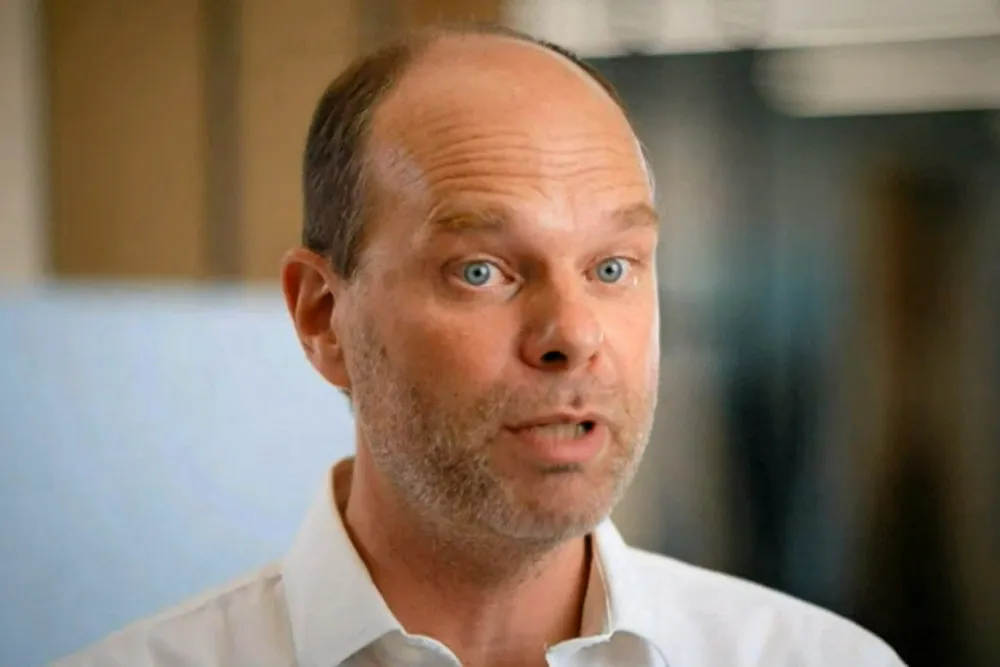'We have to be bold': Shell's hydrogen boss urges developers to act now
Waiting for policy frameworks means running out of time, warns leader of supermajor's H2 team

Waiting for policy frameworks means running out of time, warns leader of supermajor's H2 team
